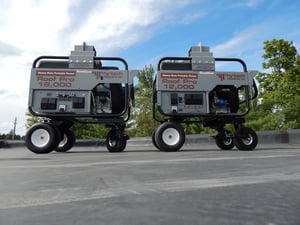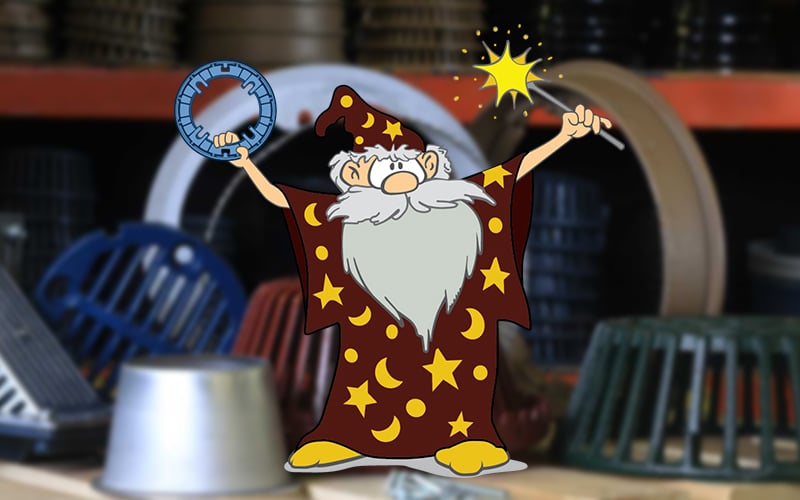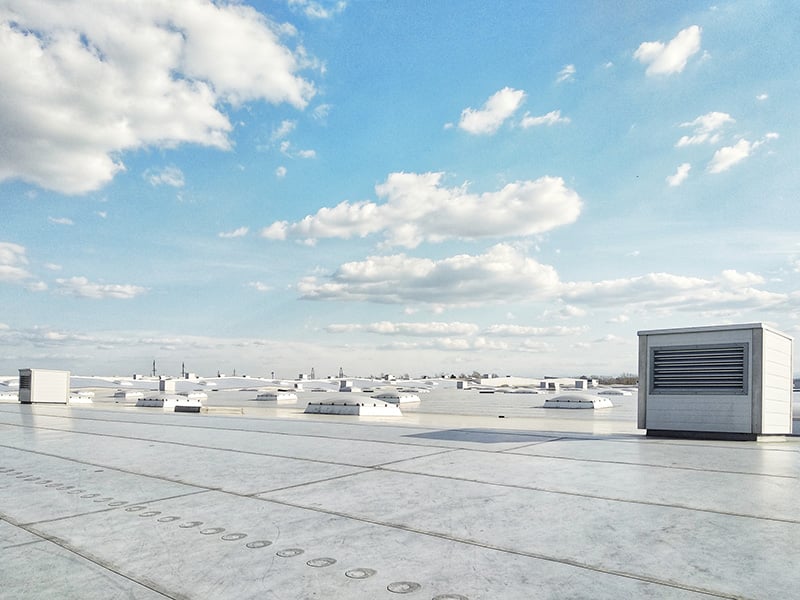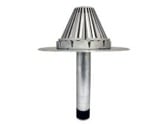 There is a lot to consider when purchasing a portable generator for your commercial and roofing needs. To help, we’ve answered some of the most frequently asked questions we get about portable generators.
There is a lot to consider when purchasing a portable generator for your commercial and roofing needs. To help, we’ve answered some of the most frequently asked questions we get about portable generators.
If you have any additional questions, or would like clarification on any of these, please contact Hy-Tech at 800-635-0384 or info@hy-techroof.com.
Why do my generator’s capacitors keep blowing?
The capacitors in your portable generator regulate power flow, providing tools with a clean, consistent electricity.
Capacitor overload happens when too much power is drawn out of the generator, either from too many tools being plugged in, or the power requirement of the tools being too much for an outlet. For example, plugging two 120V tools into a 120V outlet.
When purchasing a new generator, prevent capacitor overload by checking the voltage of the tools typically used on a roofing project. Generators, and individual outlets, are rated for a certain voltage and wattage, so make sure your tool demand does not exceed the generator rating.
Additionally, educate contractors on the proper use of your portable generator, and how to avoid overloading the outlets with too many tools.
What is clean, consistent portable generator power?
Power quality is determined by the number and size of the pulses, or harmonics, in the electrical signal. It is measured using total harmonic distortion.
The lower the total harmonic distortion percentage, the more clean and consistent the power. The higher this percentage, the more power spikes and surges there are. If your roofing equipment has a digital display, or computer-like components (i.e. the Leister VARIMAT V2), the IEEE recommends a power source with a total harmonic distortion less than 5%, as more sensitive electrical components are more prone to damage from large or consistent power surges.
Ask the manufacturer about a generator’s total harmonic distortion before you buy.
For more information on how total harmonic distortion works, see this paper from Associated Power Technologies.
How do I tell if my generator is EPA and/or CARB compliant?
The Environmental Protection Agency (EPA) creates the national environmental standards that apply to small, off-road engines under 19kW (which includes portable generator engines). These are the standards adopted by most states. However, the California Air Resources Board (CARB) has established their own stricter regulations as a way to fight the state’s pollution problems.
We recommend purchasing a portable generator that is both EPA and CARB compliant. This guarantees compliance in every state, and ensures your generator is the safest for the environment. In addition, the EPA says that most compliant small engines will improve durability and fuel efficiency.
EPA and/or CARB compliance information is typically displayed on the generator’s product label or in product collateral. If you can’t find it there, ask the manufacturer. This information is often included on their website or in promotional materials, as well.
For more information on EPA regulations, here is a full list of the organization’s environmental guidelines.
If you have any further questions about portable generators, please contact Hy-Tech at info@hy-techroof.com or 800-635-0384.
Hy-Tech Roof Pro Portable Generators
Made in the U.S.A., Hy-Tech’s Roof Pro Family of Portable Generators are the first generators designed by roofers for the roofing and construction industries. Download the Hy-Tech Roof Pro Portable Generator Brochure to learn more.





